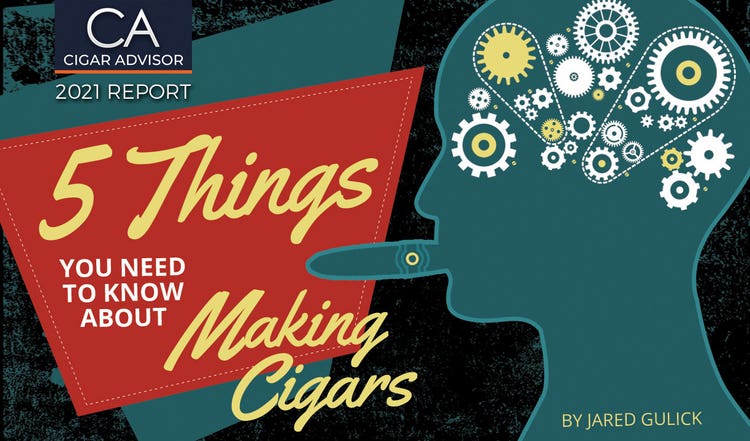
5 Things You Need to Know About… Making Cigars
FIVE Things To Know About How Premium Cigars are Made
Updated March 2021
So…how does one go about hand making a cigar?
Before we answer that, let’s talk about the origins of cigars themselves, because where they’ve been will tell you a lot about why they’re made the way they are now.
Cigars are believed to have originated a long time ago in the Mayan Empire. Just how long? Direct evidence from traces of tobacco found in a flask, and even artwork depicting a Mayan man smoking, dates back as early as 600 A.D. Some additional research suggests they may have been around for much longer – possibly thousands of years. Over the course of time, the Mayans’ smoking culture found its way to the Taino people in the Caribbean. When Europeans made contact with these Taino tribes in the late fifteenth century, tobacco followed them back home and quickly became a global commodity.
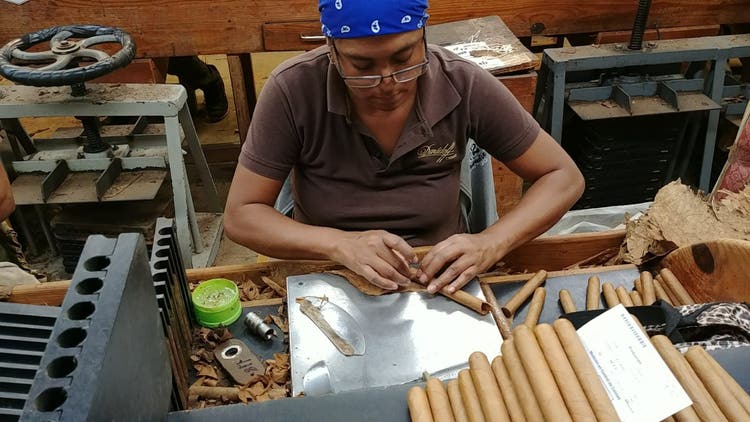
It’s this rich and lengthy history that makes places like Cuba and the Dominican Republic the epicenter of tobacco’s roots. Today’s cigars are still largely made with centuries-old tried-and-true methods. The innovation that accelerates so many other industries isn’t as commonplace here. And while there have been some advancements thanks to the industrial revolution, and modern technology, making cigars has remained relatively unchanged throughout history. The reason why brings me to the first thing you need to know about making a cigar:
Making Cigars the Right Way Takes a Long Time.

If you do things the way they’re supposed to be done, cigars take a long time to craft. Several months to several years from stalk to shelf, with some even reaching into a decade and beyond. Let’s go over the basic steps.
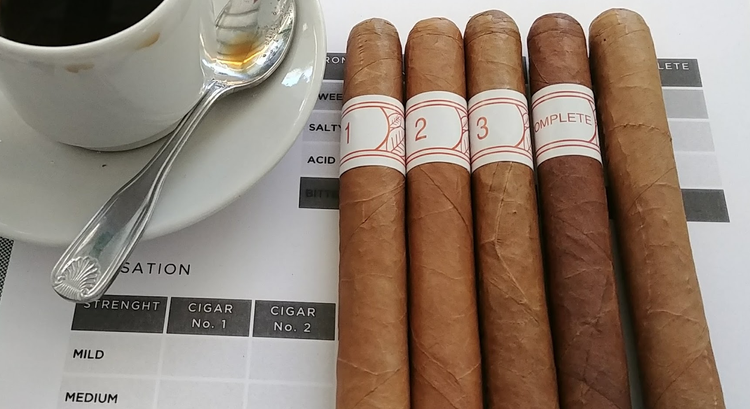
You can’t have a cigar without a blend. Creating one can take years of trial and error from mixing and matching tobaccos, often by looking for a specific profile. Regardless of the outcome, when a cigarmaker sets out to blend, he usually does so with several wrapper, binder, and filler options. If he wants a sweeter cigar, he might opt for something like a Maduro or naturally sweet Corojo wrapper. If he wants a cigar that’s more robust, he might go with a Habano or Brazilian Arapiraca wrapper instead. Don’t forget about the binder and filler, though. They’re just as important. Not only will they determine the strength and a good portion of complementary flavors, but they’ll also need to play well with one another. Take any of your favorite cigars and replace one tobacco with something else, and chances are you’ll have a noticeably different experience with it.
Sure, harvesting is technically part of the agriculture, but it’s a critical step in turning tobacco leaves into a cigar for one very important reason: how you harvest a leaf determines a lot about its flavor. There are two primary methods. Stalk cutting, which removes the entire plant so that the leaves are kept fed by the stalk during curing. And priming, which removes a few leaves a week at a time from the bottom up, so that the upper leaves get the most nutrients. Most cigars are the product of priming, but some tobaccos, like Pennsylvania Broadleaf for example, have an earthier profile than most from being stalk-cut.
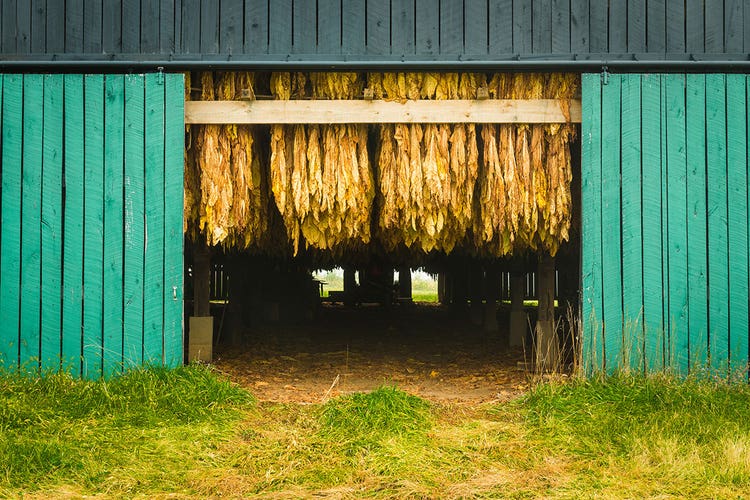
After harvesting, we have the primary steps the tobacco will undergo to become a cigar. First, air curing tobacco which takes about 50 days, a multi-step fermentation process comes next which can take up to 90 days or beyond, and finally aging the tobacco which can take anywhere from a few months to a few years. We’ll discuss fermentation and aging a little more later, but keep in mind that everything we’ve talked about so far has happened before the tobaccos hit the rolling floor.

Old-World Techniques are Better Than New Technology (Usually)
Tour a cigar factory and farm and you’ll see lots of technology that help them grow tobacco more efficiently, but the factory floor – virtually unchanged for more than a century – is a snapshot in history.
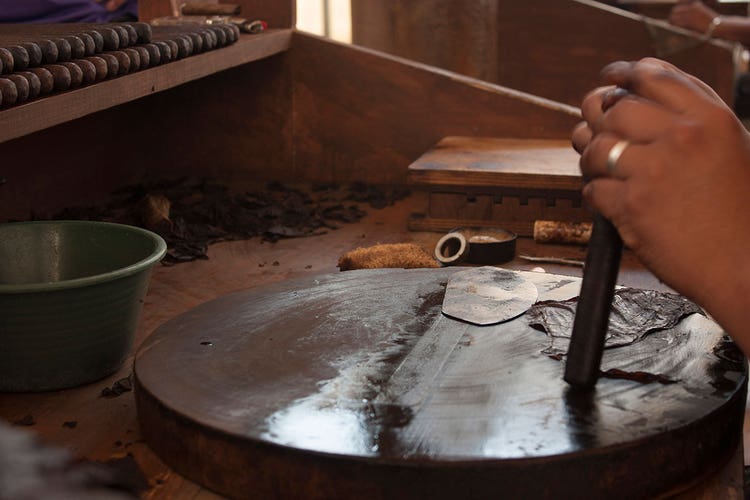
What you’ll see: Rustic chavetas (the knives they use to cut the tobacco leaves), a small dish of water, wooden cigar molds, and maybe an antiquated Lieberman bunching machine that’s got more miles on it than most Model Ts. One of the few processes that’s become more widely mechanized is the process of deveining (also called stemming) the tobacco leaves. Many of the original stemming machines out of the early 20th century are still in use today.
The lack of (or at least minimal) machine assistance is the essence of a handmade (hecho a mano) cigar. Some cigar manufacturers do everything by hand, even the stemming – with the assistance of a blade worn on the finger like a ring, or even a basic pizza cutter that I saw in a recent video. It’s like carburetors and records. Inventions long ago replaced both but didn’t necessarily make them better. Cigarmakers understand this and often opt for the longer path because it produces better results.

It Takes Roughly 300 People to Make a Cigar
Have you ever had the chance to roll your own cigars? It takes a high degree of skill, speed, and muscle memory. I did once. Spoiler alert, it didn’t go so well. It took me about an hour to make 5 cigars that looked like a kindergarten art project gone wrong. I’ll stick to writing and leave the talented rollers to do their thing. A good roller can make a cigar in seconds, churning out about 100-150 cigars a day if they’re really good. Not a bad pace until that order for 20,000 cigars comes in. That’s why most factory floors are filled with bustling rows of rollers, sorters, quality controllers, and more…all working in unison.
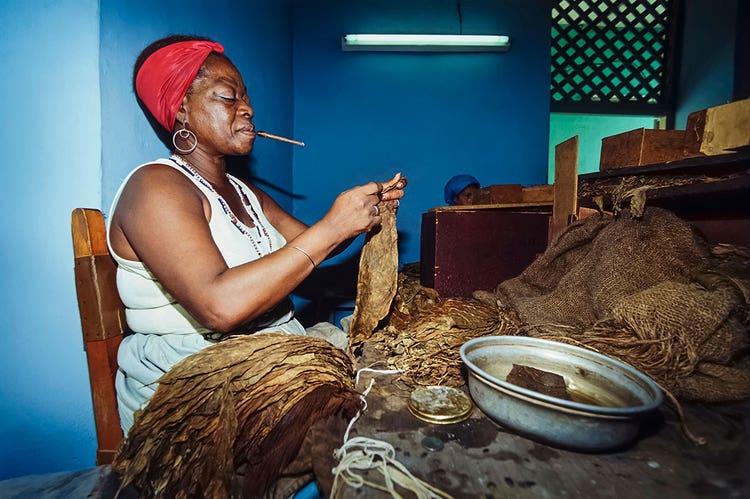
One of the greatest accomplishments of the cigar industry is how many hard-working people it employs. In Nicaragua for example, agriculture is the top industry and tobacco is high up on the list of exports. The cigars we love are a critical piece of their economy, as well as the economies of virtually every other cigar-bearing nation. With such a high demand, cigar companies employ anywhere from dozens to hundreds of employees each, sometimes even thousands for the really big ones.

Tobacco Fermentation = Flavor
Fermentation is the unsung hero of cigar flavor. You probably don’t even think about it. You go to your local cigar shop or online retailer and look for a type of wrapper you like. Maybe if you’re savvier, you also ask about binder and filler tobaccos. Admittedly, this will get you in the ballpark most of the time – that’s why I recommend you keep doing it – but there’s far more to the flavor of tobacco than simply the varietal (Connecticut, Broadleaf, Corojo, Sumatra, etc.)
First…the bad news – fermentation is not likely something you’ll ever see listed in a cigar’s description. You might see a callout of “extra fermentation” or similar jargon, but for a lot of blenders, the process is something they’d rather keep secret.
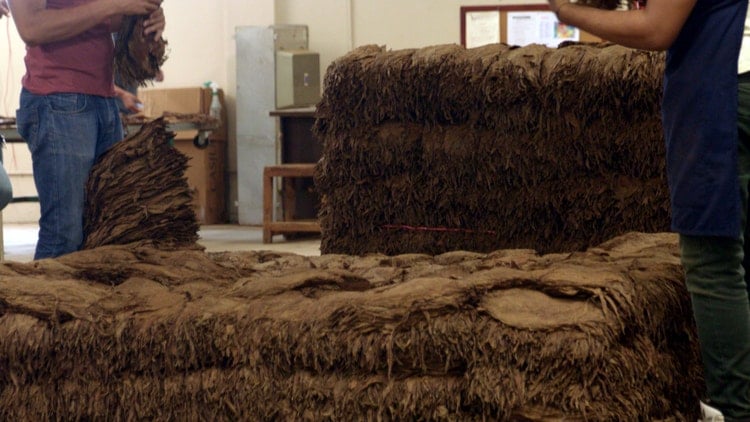
The good news – you don’t really need them to tell you about it to find what you’re looking for – at least in the case of the wrapper leaf. Maduro is a prime example. It’s still often confused as a type of tobacco leaf, but it isn’t. Maduro is any tobacco leaf that undergoes sufficient fermentation. The formula is simple: the darker the leaf, the more fermentation it’s had. A common misconception is that fermenting a leaf makes it stronger. The truth is quite the opposite. Fermentation brings the oils and sugars to the leaf’s surface, mellowing the nicotine strength in the process (which is why they’re used often in stronger cigars). The result is a leaf that tastes sweeter and richer in flavor.
Blenders will experiment with the amount of fermentation, but it’s done – usually at least twice – to rid the tobacco of harsh flavors from ammonia buildup. For a deeper dive on how fermentation affects a tobacco leaf, check out our article, 5 Things You Should Know About Fermentation.

Even After Cigars are Made, You Still Won’t See Them for Years
The thing about premium tobacco is that, like fine wine, it tends to get better with age. And it’s a constant from the harvest to your humidor. Unless you’re smoking a fresh roll right now, chances are that your last cigar – or at least some of the tobaccos in it – aged a bare minimum of a few years before finally leaving the factory.
Each of the tobacco selections inside your cigar is different. They have different oil and sugar contents, have different flavor characteristics, and even burn at different temperatures. The longer they spend intertwined and untouched, the more those tobaccos will settle into an equilibrium. A cigar blender will often come back to the aging room repeatedly, He’ll keep testing them until he is satisfied that the flavors have sufficiently balanced. Only then will he sign off on them being ready to sell.
A large climate-controlled room in a cigar factory where cigars are stacked – usually in wheels with a newspaper wrapping – to age for a specified time.
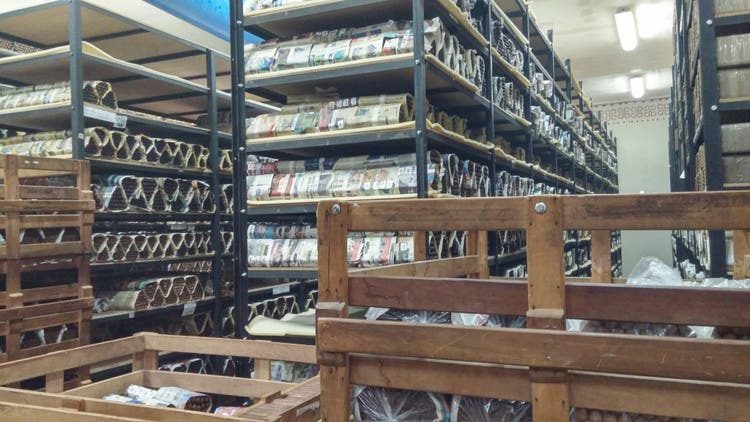
If you want to see how cigar aging works on a much smaller scale, here’s something you can try at home. Take two of your yardgars and put them in a resealable bag with an infused cigar. After one minute, take one out and smoke it, leaving the other sealed inside. You might notice a slight influence from the infused cigar – if anything – but it’ll probably go away fast.
Go ahead and wait a few days to smoke the second (I’ll wait – hey look, you’re back!). You’ll see that it’s got much more influence from the infusion of its roommate now. That’s the marrying of tobaccos in action, and it’s also why we always advise against storing infused and traditional cigars together.
As Gary pointed out in his 5 Things About Aging Cigars article, the process doesn’t have to stop at the tobacco shop. You can continue to let cigars age at home so long as you keep them in the right conditions.
We hope this article helps you on your cigar journey to appreciate the effort that goes into making your favorite cigars, but more importantly, we hope that it brings you the insight you need to help you find more cigars you’ll love in the future.